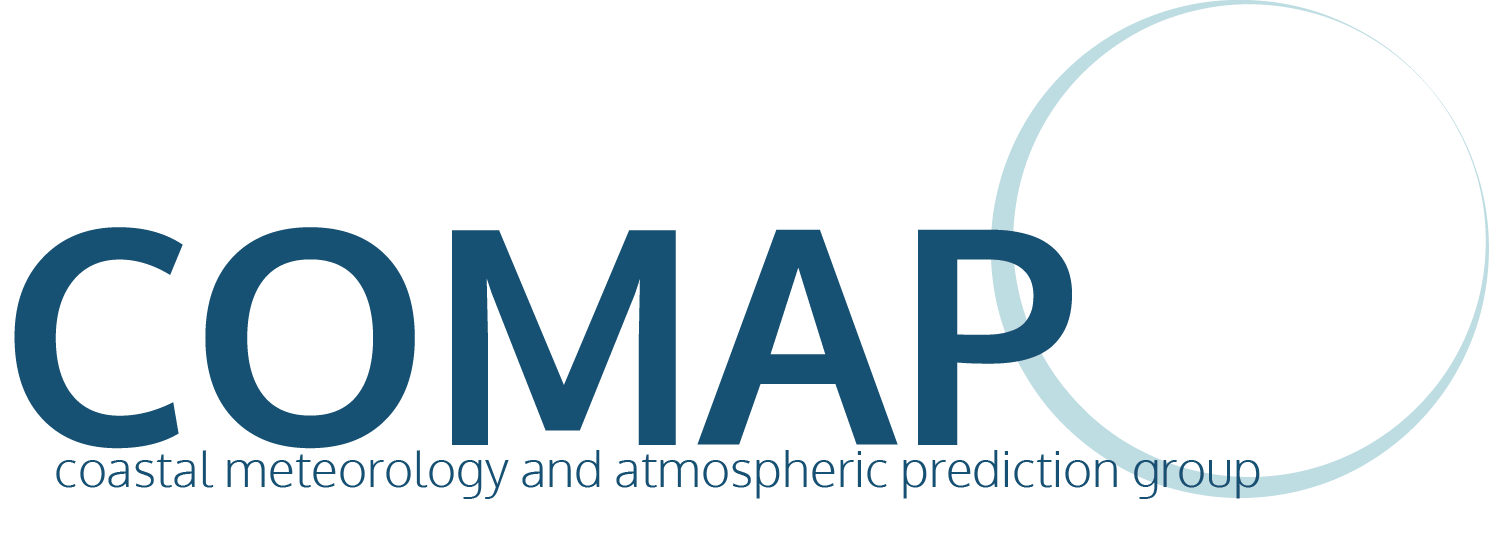Climate Change Effects on Hurricane Induced Hazards

The hazards that we are particularly interested in this group are:
- Wind
- Storm Surge
- Total Inundation
- Extreme Precipitation
Inland Intensity Decay and Precipitation
Our group is current applying a variety of approaches (observations, models, and machine learning) to learn specifically how intensity and precipitation decay, and thus inland hazards, may change in the future.


Coastal Storm Surge

The figure above depicts the typical definition of storm surge as the difference between observed and predicted water levels.
-
Dynamic regression and ARMA model for water level/storm surge
-
Predictive methods for heavy-tailed data
-
Numerical modeling of storm surge
-
Ensemble-based forecasting techniques
-
Joint probability method/risk assessments
An important issue this region is currently trying to understand is how these storms will change in frequency and intensity given a changing climate and subsequent rising sea level. The vast majority of the infrastructure in lower Manhattan and along the south shore of Long Island is a couple meters above sea level. Work on the topic of storm surge includes the utilization of statistical models to predict surge through 10 meter winds and sea level pressure. By forcing statistical models with global climate atmospheric data, regional variations in storm surge climatology can be analyzed at particular coastal stations with minimal computational effort and reasonable accuracy. Of primary focus is how the change in the surge climatology in the NY/NJ coastal region will vary in the near future and what are the leading causes of this change (rising sea level, cyclone density variations, etc.).
Future projects could involve:
- Creating ensemble based methods for probabilistic forecasts of storm surge. Validation of probabilistic forecast guidance.
- Numerical atmospheric-surge modeling systems.
- Budget modeling of storm surge. Understanding the role of specific forcing mechanisms over time and spatially in a piecewise sense.
- Impacts of waves on storm surge



Students Involved
Keith Roberts (2012-2015)
Jackson Parker (2023-present)
Publications
Roberts, Keith J.; Colle, Brian A.; Georgas, Nickitas; Munch, Steve: “A Regression-based Approach for Cool-Season Storm Surge Predictions along the New York/New Jersey Coast” (submitted on December 5 to Journal of Applied Meteorology).
Roberts, Keith J.; Colle, Brian A.; Zhang, Zhenhai; Korfe,Nathan : “21st Century Projections of storm surge in the New York/New Jersey Bight consistent with the RCP8.5 CMIP5 global warming scenario.” (in draft, intended journal: Journal of Climate.
Presentations
Roberts, K., Colle, B.A., A Statistical Approach to Understanding the Long-Term Variability of Storm Surge in the New York Bight
